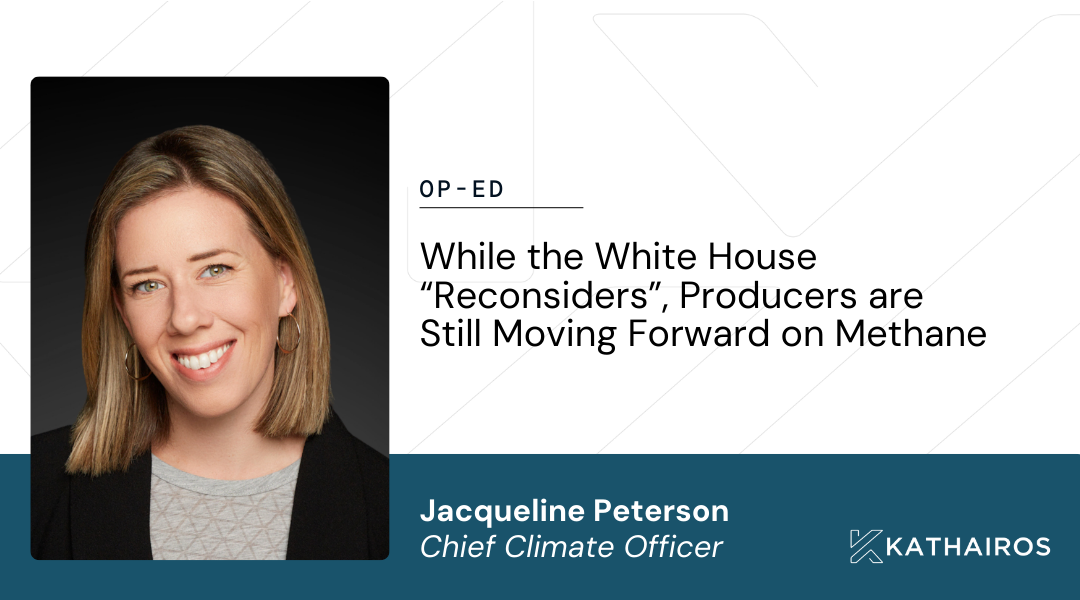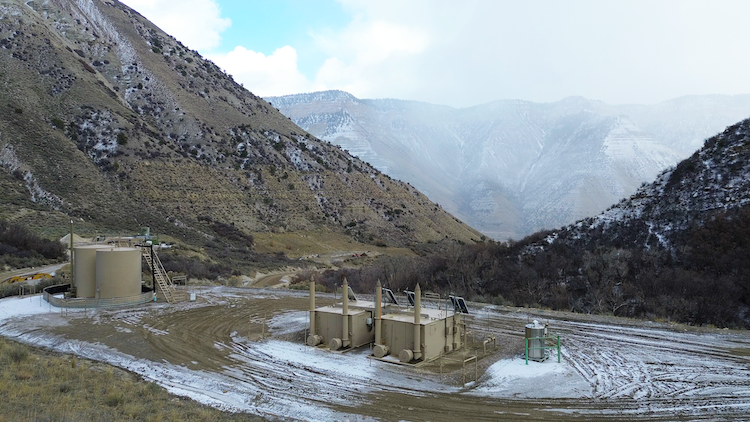
Kathairos has emerged as the leading North American solution for methane elimination from pneumatics, with more than 1,000 systems in operation across North America and over 40 major oil and gas producer partners.
In this post
Predicting features of wind plants at least a decade ahead of their installation greatly informs today’s investment, research and planning decisions.
In collaboration with the Lawrence Berkeley National Laboratory, researchers from the National Renewable Energy Laboratory and the US Department of Energy gathered opinions from upwards of 140 leading experts in the field of wind power about what they expect to be the future of wind plant design.
What they found? Size matters… even more than previously thought.
WIND ENERGY IN 2035
In their article, “Expert Perspectives on the Wind Plant of the Future,” the researchers found that global experts expect wind turbine height to increase significantly than even previously forecasted, with wind farms located increasingly in less favourable wind and siting regions.
The reason? Taller turbines with larger rotors allow a greater proportion of wind energy captured, just by virtue of size. In the most likely scenario, experts hypothesize that newly installed onshore wind turbines in 2035 will reach 130 meters, as opposed to the 115-meter forecast offered in a survey from 2015.
"Our research provides a much-needed benchmark for representing future wind technologies in power sector models," says one of the researchers. "By explaining the economics behind wind energy design choices, this article addresses a critical research gap.”
THE MONEY BEHIND WIND
Economic incentive is the primary driving force for the design changes forecasted, which include larger turbines, larger plants and greater siting flexibility.
In essence, these evolutions in design are expected because the value from reduced costs or higher energy production are predicted to exceed the incremental expense to obtain them.
"While well established in broader economic theory and often addressed individually, relatively few efforts have systematically investigated the exact mechanisms driving wind plant design," said one of the researchers about the unique contribution of the study.
Funded by the US Department of Energy's Wind Energy Technologies Office, the comprehensive global expert survey was made possible through an international research partnership under the International Energy Agency’s Wind Technology Collaboration Programme, which aims to advance wind energy research, development and deployment in its member countries.
Explore more posts from Kathairos
.jpg)
Decarb Digest, Issue 01: Discover Why Energy Leaders Aren’t Waiting on Washington

Op-Ed: While the White House “reconsiders”, producers are still moving forward on methane

